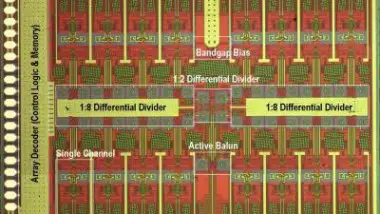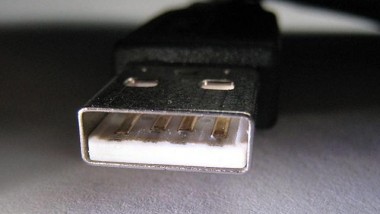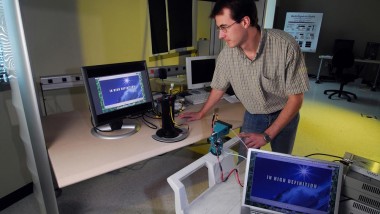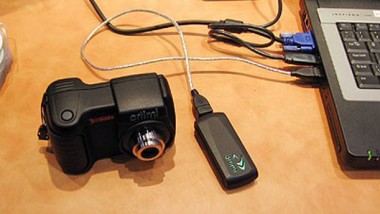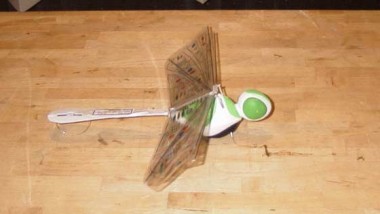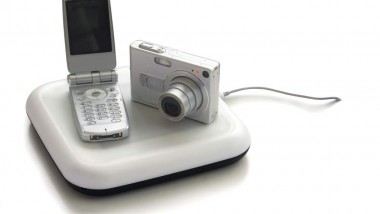Electrical engineers at the University of California in San Diego (UCSD) have developed the world’s most complex “phased array” – or radio frequency integrated circuit. Funded by the Defense Advanced Research Projects Agency (DARPA), this device is expected to find ...
Troubleshooting System for WiFi Networks Developed
Scientists from the University of California in San Diego developed an automated troubleshooting system for wireless access networks. The system was initially designed for the UCSD computer science building, but its success resulted in a paper presented by the researchers ...
Wireless High Definition Video Takes Off
Amimon, a California-based startup company, introduced a technology that enables wireless transmission of high definition video streams. Their wireless high-definition interface (WDMI) could eliminate the need for wires while preserving the quality of the video stream. Amimon’s wireless modules, which ...
USB 3.0 to Come in 2008
During the recent Intel Developer Forum (IDF) in San-Francisco, Intel announced that together with its partners it is forming a “promoter group” to push for the creation of a new generation of the most popular connection standard ever created – ...
Gigabit-Wireless Technology Around the Corner?
Researchers at the Georgia Institute of Technology are studying the possible uses of extremely high radio frequencies in order to achieve broad bandwidth and high data transmission rates over short distances. A team of scientists from the Georgia Electronic Design ...
Artimi Camera Wireless USB technology
The fabless semiconductor company Artimi developed a wireless USB (WUSB) technology for cameras which it claims is going to reach the market within a year and become a standard of the industry within the next 2-3 years. WUSB technology will ...
Wireless Dragonfly
WowWee Robotics, famous for its remote-controlled robot dinosaurs, is preparing to launch an innovative new flying robot in the shape of a dragonfly. The flight of the robotic FlyTech Dragonfly is controlled by a small remote, which is also used ...
SplashPower – The End to Power Cords
U.K.-based SplashPower is currently developing a technology for wireless recharging of devices by electromagnetic induction. SplashPower’s wireless rechargers comprise two sorts of ‘SplashPads’ – an electromagnetic induction pad that recharges a single device atop it, such as a digital camera, ...
Nokia’s Wibree and the Wireless Zoo
Nokia’s cost-effective, short range, wireless technology now under development allows the connection of small, low power devices such as watches and sport sensors to larger devices such as mobile phones and personal computers. This new technology joins an expanding range ...

